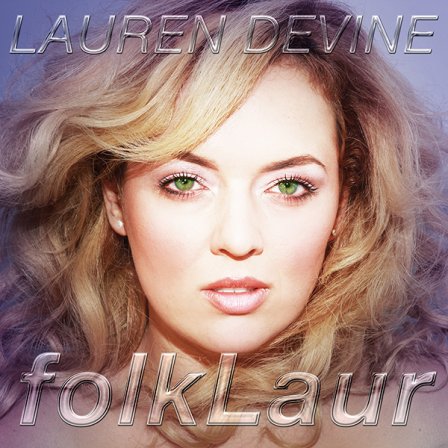Four conflicts of interest implicated in my review of Lauren Devine’s folkLaur for Tiny Mix Tapes:
1. When I was 14, I performed at MoMA PS1, a contemporary art museum in Queens owned and operated by MoMA. The event was organized and funded by DIS Magazine, the internet publication on which folkLaur was recently debuted. DIS is only a fringe publication in the sense that, despite its good publicity at the hands of rags like The New York Times and The New Yorker, it stubbornly occupies the no-man’s-lands between art/fashion, audio/visual, journal/blog. There are myriad consequences of this positioning, but one ill-explored side-effect is the fact that, for all of DIS’ conceptual and intellectual experiments, it can be hard to tell when they or their subsidiaries are just bloviating. In some circumstances, the same affiliates are involved in highly complex and smart projects one day and in outwardly silly one-offs the next; is folkLaur part of the same artistic idiom as Ryan Trecartin’s Any Ever and Gatekeeper’s Exo just because those artists worked on folkLaur? My experience with DIS has always been of a group of earnest, creative, and hardworking people, but the narrative is complicated by their overlapping allegiances and networks, doubling as a social circle and a factory of knowledge.
2. The aforementioned PS1 performance was a celebration of Ryan Trecartin, who co-produced folkLaur. Trecartin has garnered institutional praise for his films, which act upon the contemporary audiovisual culture of the West similarly to how Devine’s music acts upon our musical culture; a scrambling of codes, an intense saturation and regurgitation of content. Trecartin takes the cultures of social media, reality television, and high art and accelerates them to breakneck speed, allowing the audience to observe the aesthetic consequences of relativity as operations approach the cosmic speed limit. The music Trecartin creates for his films is marked by its occasional resemblance to the background music of reality television, interrupted constantly by schizophrenic changes in key and in tempo and unsettling organic noises. Trecartin’s sonic fingerprint is visible to a certain degree on folkLaur, but Devine’s overall vision seems to be quite different from that of Trecartin. Assisted by producers like Gatekeeper’s ADR and Yen Tech, Devine is intent on replicating the sound of mainstream pop and EDM in an attempt at pastiche or metacriticism. In a musical landscape populated by artists lauded for their unexpected critical efficacy (look no further than Miley Cyrus and Rihanna, lowbrow objects of highbrow praise), Devine’s project can seem confusing and unnecessary at times, while Trecartin’s purpose has always felt fresh and absolutely crucial. The sound of a Trecartin film is disruptive and differentiated, unlike the sound of folkLaur, which aspires to uniformity and inclusion within the general culture.
3. At the aforementioned PS1 performance, I was an opening act for a one-off parody boy band called HDBOYZ which, coincidentally, featured ADR on production duty. HDBOYZ wore headset microphones and all-white outfits, perfectly styled in the fashion of a photoshopped image of the members as *NSYNC, which was originally disseminated as a net art Twitter in-joke. Songs like “Unzip” and “Photoshopped” pair essentially perfect club production with slightly esoteric technical humor. I place Lauren Devine’s music at the end of the narrative line started by HDBOYZ; informed and “serious” net artists grasp for the “best of both worlds” by casting a light and humorous glow over artworks implied to warrant deeper and more serious analysis. This is, in my view, a kind of obscurantism. If we plunge into the analytic depths of folkLaur only to find nothing of substance, Devine’s preprogrammed artistic persona will remain at the surface level, suggesting that the whole thing could have easily been an effortless joke.
4. Lauren Devine was in the audience front and center during the aforementioned PS1 performance. If it’s redundant to break down the idea of sequestered means of production for pop culture thanks to the internet, it might be time to talk about the stage on which this sequestration is deconstructed (by acts like HDBOYZ and Trecartin) and who is left watching and deliberating their actions as spectators. The openness of creative structures has for too long been a two-dimensional conversation, inviting a kind of critical practice critical of the wrong things. The radical positivity (borrowed from Baudrillard) of folkLaur’s mainstream aspirations might need a dash of Trecartin’s queasiness if it is to mean anything creatively. I can appreciate the craft of Devine et al., but craft is problematized by the demand that it be considered on a different level.
More about: ADR, HDBOYZ, Lauren Devine, Ryan Trecartin, Yen Tech




